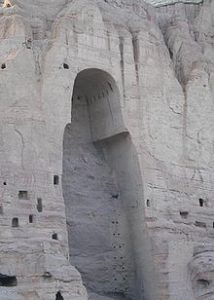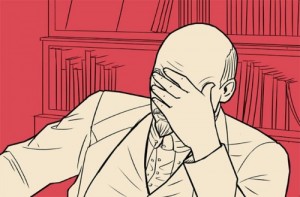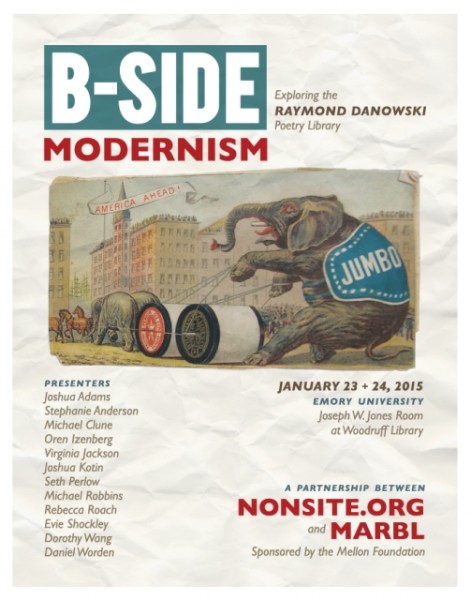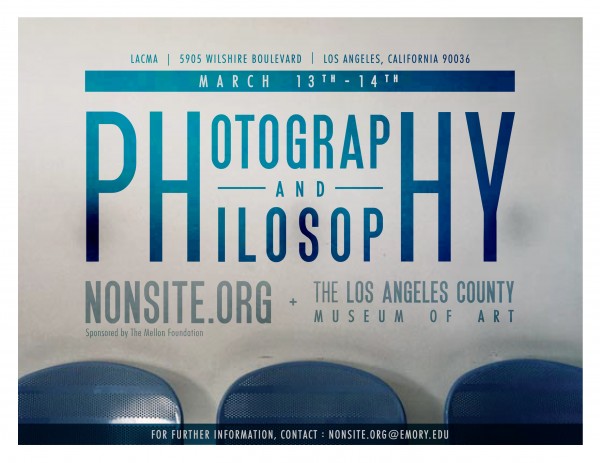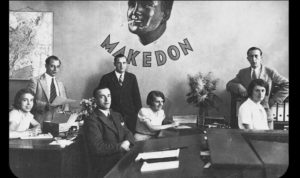
N+1 and the PMC: A Debate about Moving On
What has led so many of us relatively independently of one another to start thinking about the PMC as a class formation in the first place? My sense is that it has to do with a combination of factors we’ve all been confronting and trying to reckon with concerning 1) tendencies and tensions within what seems to be taking shape as a popular left in the US and UK, 2) the fragility of left-led governments that have been elected in places like Greece and various South American states, 3) how to make sense of and respond to the tide of authoritarian neoliberalism around the world, which I suspect most of us understand as no aberration but an organic outgrowth of several decades of neoliberal hegemony, which in both its “left”-technocratic and right poles rejects and has sought to seal off options for popular politics of any sort and 4) the utter bankruptcy under those conditions of social-democratic parties nearly everywhere.

